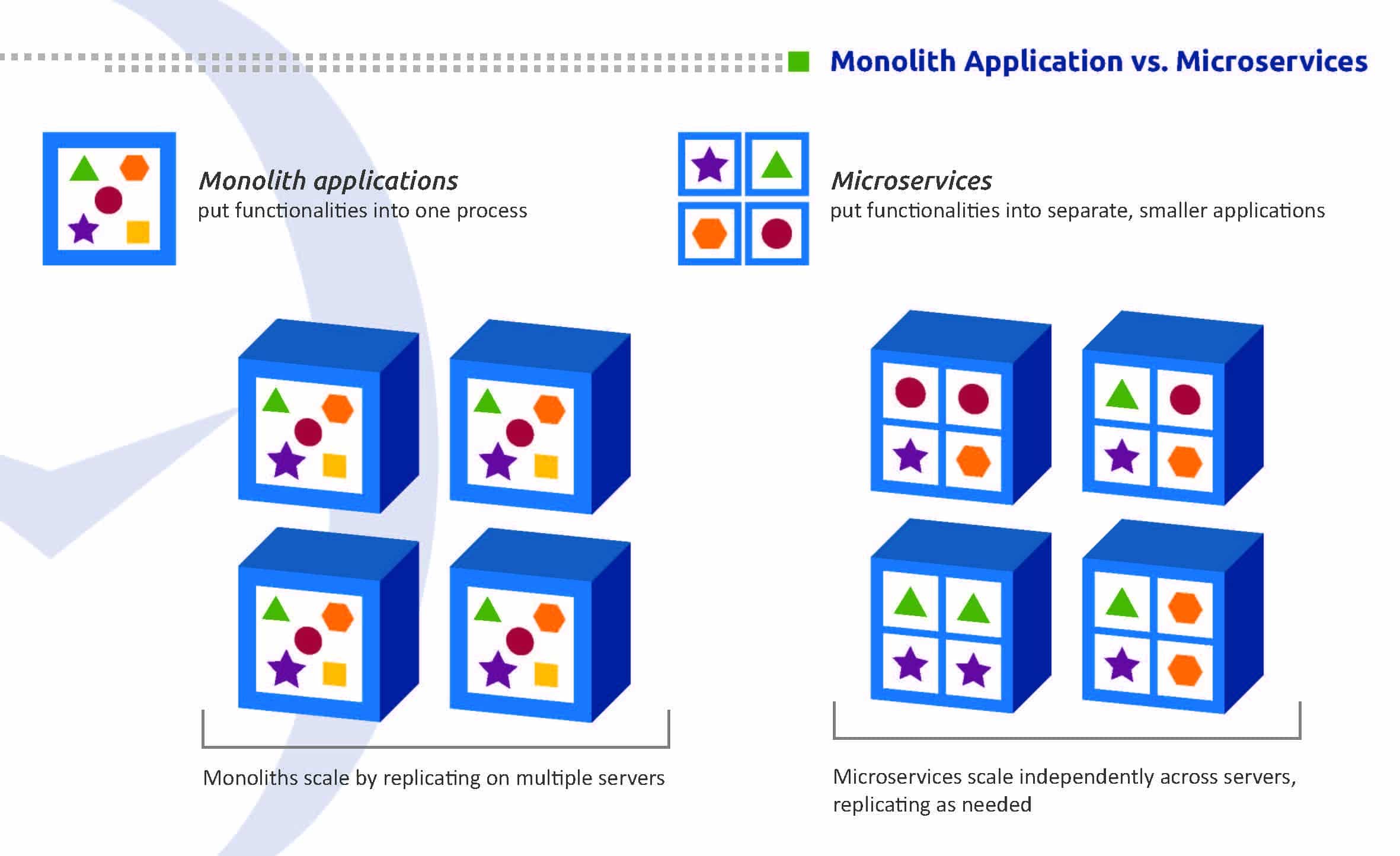Decomposition & Microservices Make Cloud Migration Easier

“One bite at a time.” That’s how the old saying advises you to eat an elephant.
Taking on a cloud migration project can feel almost as overwhelming as grabbing a fork and attempting to consume a pachyderm-sized meal. You’re fully aware of all the potential benefits of moving to the cloud, but you’re also staring at all the hills your organization will need to climb before getting to that point.
A decomposition strategy can help simplify some of the challenges involved in this process by pinpointing the most important business objectives and developing microservices around key systems and applications. Sometimes referred to as factoring, decomposition is an approach that breaks down complexities into components that are easier to comprehend, manage and maintain.
Prioritize Business Goals and Identify Value Streams
Cloud migration needs to be separated into incremental steps, but where do you start?
In larger organizations, there may be pressure from the leadership in certain business lines or departments who want to take advantage of cloud computing benefits as soon as possible.
Your team needs to ask itself what are the greatest needs and the biggest roadblocks? Sometimes it’s the squeaky wheel that gets the oil but, when determining where to focus, you must identify where cloud migration can have the biggest, most immediate impact and where your initial efforts might be wasted.
Understanding your organization’s value streams will help you and your team recognize the ways cloud migration will provide agility and efficiency. Prioritizing what to move to the cloud as well as when and how to move it will be crucial in a successful migration.
If a top business goal for cloud migration is cost-savings, what applications and workflows are directly tied to that initiative? Are there critical applications that should be migrated first? Who in the company might be affected by this change? These types of questions need to be addressed at the start.
If you’re migrating the company’s CRM to the cloud, should you avoid doing so during a certain time of year that will cause disruptions for sales or accounting? Rather than taking a lift and shift approach that duplicates an in-house application in a cloud environment, consider reworking it for the cloud and breaking it down into smaller applications dedicated to specific functions that can be moved over process by process.
While that requires some additional up-front work, it can also reduce the risks associated with an all-in-one migration. Migrating in smaller pieces will help your company’s IT staff gain experience and confidence as the overall project proceeds. It also allows employees (or specific departments) to adapt to change gradually instead of being overwhelmed with a sudden conversion.
Decompose and Deploy Microservices
The concept of breaking down complex systems and applications into independent components is where your decomposition strategy comes into play. Identifying important business capabilities and value streams helps you grasp the bigger pictures. Now, it’s time to get granular.
There will be certain applications that are outdated and won’t transfer to the cloud. So, unless you choose to keep those in-house, you may need to rewrite applications to make them cloud-native.
Adopting a microservices model will help your organization become more agile, improve resiliency and make it easier to scale your IT solutions. That’s because decomposing to microservices puts the different functionalities of an application into separate buckets. When compared to monolithic applications, which are built as a single unit, microservices offer more flexibility and are built around business-oriented APIs.
Decomposing monolith applications into microservices not only provides you with a suite of smaller services that can be moved to the cloud piece by piece, it also makes it easier to alter and update individual functionalities. Microservices remove the possibility of having to rebuild an entire monolith due to one small change in the application.
The strong modular boundaries of microservices coupled with the advantage of these smaller applications being individually deployed allows for scaling of separate elements rather than the entire application. It also allows microservices to be written in different languages and managed by different teams.
The graphic below illustrates the difference between the scalability of monolith applications compared to a microservices architecture.
Make sure to consider how possible failures of components could impact the system. Decomposed microservices make it possible to isolate things that should fail independently so that other components are unaffected. Tech blogger Matt Stine writes on Built to Adapt that this compartmentalization can be achieved with the “Bulkhead pattern,” outlined in Michael Nygard’s book, Release It! This method is named after a structural safety device used in the construction of ships and airplanes.
“Ships are divided into multiple watertight compartments. Why? If they were not, and a ship’s hull was damaged, the entire hull could become compromised and cause the ship to sink. By using bulkheads to divide the ship into multiple watertight compartments, we can limit the scope of hull compromise caused by one incident, and hopefully, save the ship!”
Get Help Eating the Elephant
Even when you’re taking one bite a time, an elephant is still a lot to eat. This wouldn’t be something you’d try to do alone. You’d probably throw a party and invite the hungriest people in the neighborhood to join you in a giant feast.
Cloud migration isn’t something you and your organization should tackle without help either. When you partner with OneNeck for Cloud Services, you’ll get access to our experience and expertise as well as help building out your cloud plan. OneNeck conducts a thorough cloud infrastructure assessment before implementing customized design and migration services to our clients.
Every organization needs to develop its own unique plan for cloud migration, and OneNeck is equipped to support you in developing a plan that produces outcomes to satisfy everyone in your company. Contact us today to learn more.
Additional Resources:




